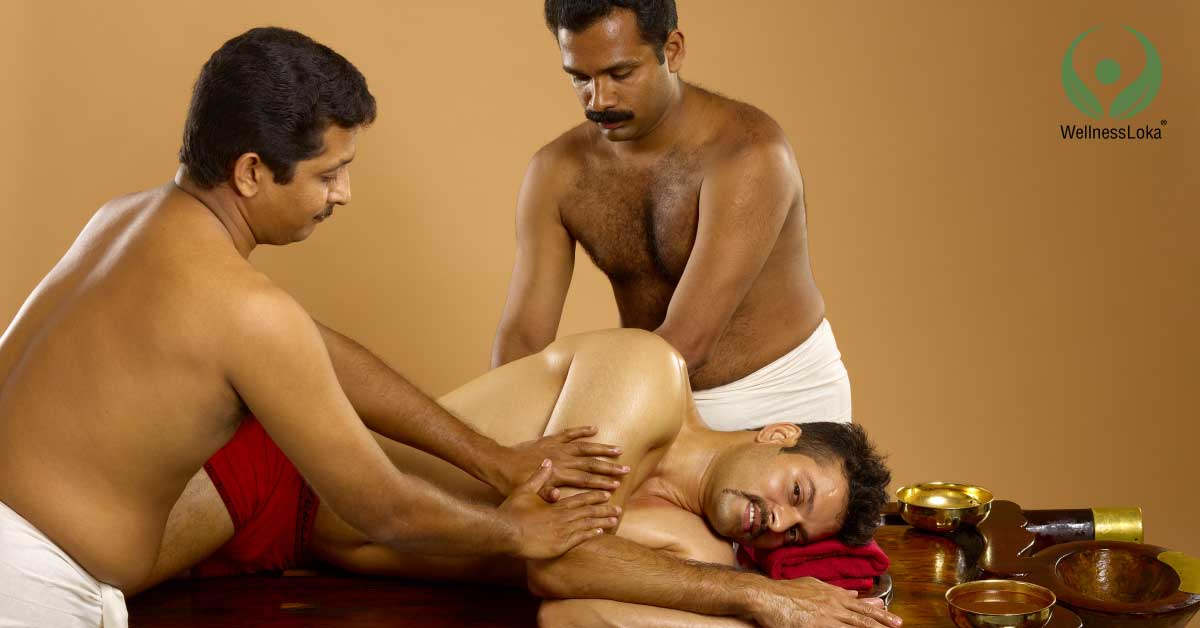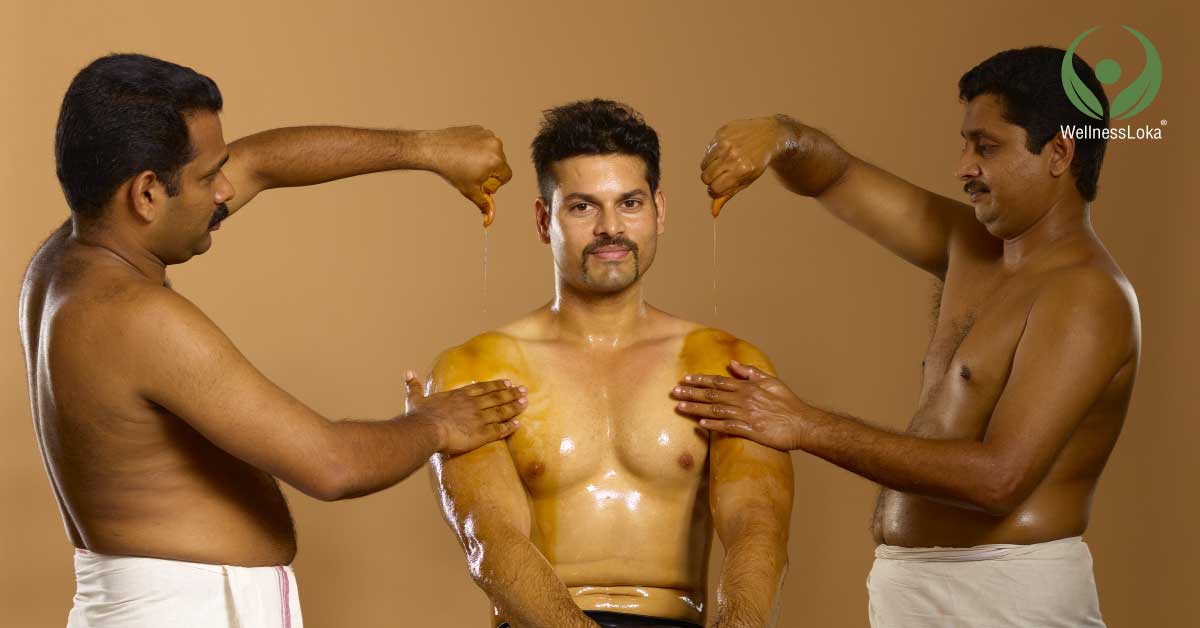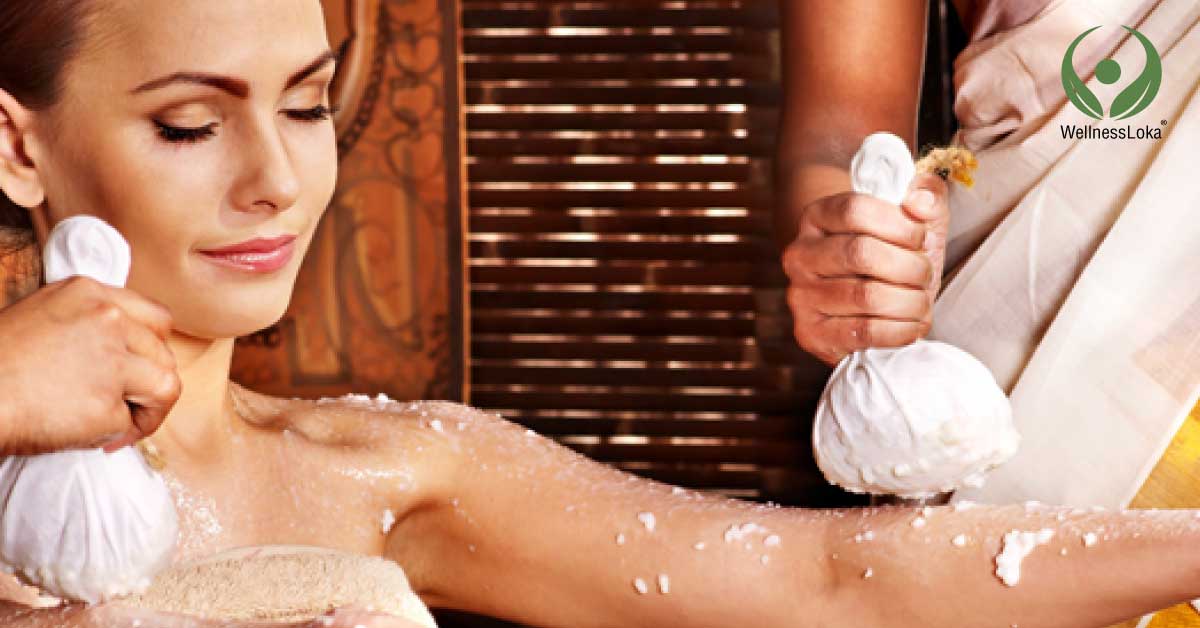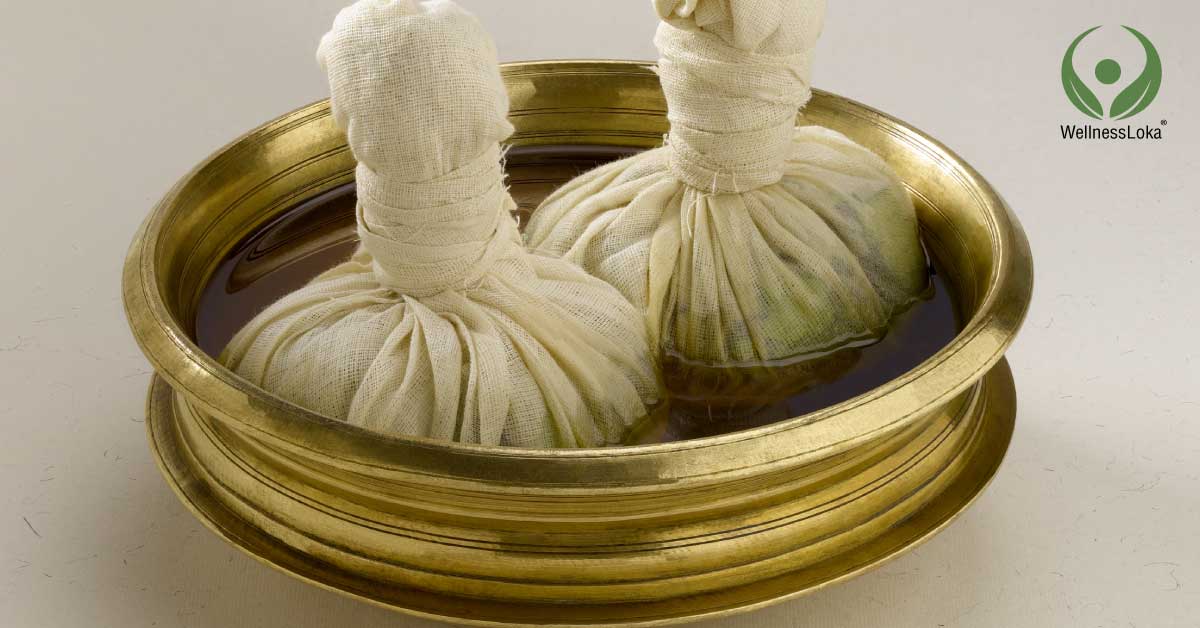Treatment For Slipped Disc

Slipped disc is a common condition. But many do not know what it is. So let me give an idea.
DISC
The exact name is Intervertebral Disc. From the name itself it is clear that the structure is “Disc-shaped”. It is located in between the adjacent vertebrae in the vertebral column. This is a structure formed by the fibre and cartilage. The Intervertebral Disc helps to form the joint between the vertebrae and holds the vertebrae together forming the vertebral column. It also helps in the shock absorption.
The disc has an outer layer made of fibrocartilage and an inner gel like structure.
One of the main problems that come in association with the structure is herniation. This is what we call as “Slipped Disc” in common usage.
THE SLIPPED DISC OR THE SPINAL DISC HERNIATION
So what happens in The Spinal Disc Herniation? In this condition the inner gel like layer protrudes out of the outer fibrocartilage layer through a tear.
What causes this tear? The causes of the tear which results in spinal disc herniation may be:-
- Age related degeneration
- Trauma
- Injuries caused by the lifting of heavy weights
- Strain
The tear results in the reactions that in turn cause the inflammatory changes. This is the reason why we experience pain. But some may not have pain. According to the location, the area of pain and other symptoms may vary. Weaknesses of the muscles, tingling, numbness etc are also seen. Referred pains often make the diagnosis delayed. In some cases the person may experience urinary incontinence.
Another condition is Sciatica. The herniation of the disc in the lumbar region is the major cause. This puts pressure on the Sciatic nerve. The person usually experiences a pain radiating from the lower back to the leg.
THE MANAGEMENT AND THE TREATMENT
Among the Panchakarmas, Virechanam and Basthis are the most beneficial treatments for this condition. Along with this:-
-
- Abhyangam:- Massaging of the body with medicated oils.
- Lepanam:- Apllication of the medicated paste over the affected area.
- Bandhanam:- Special bandaging of the area.
- Pichu:- The affected area is covered with a cotton pad soaked in medicated oils.
- Kati Vasthi:- A well like structure is made in the low back region and the medicated oil is allowed to stay there for specified time. This procedure can be done in the neck or on the area of entire vertebral column. The name of the procedure varies according to the area of treatment.
- Pizhichil:- The continuous pouring of the medicated oils in a special method.
- Dharas:- The continuous pouring of the medicated liquids for a specified time period.
- Kizhis:- The specially made boluses are used in this treatment.
Above mentioned are the general treatment methods used for the condition. The treatment method varies according to the condition. The physician decides the treatment and medicines which is apt for the condition.
Along with the external treatments given above the physician may advice to undergo physiotherapy. Internal medicines are also advised along with the external treatments.
REFERENCES:-
- Davidson’s Principles and Practice of Medicine
- www.wikipedia.com



